
Expertise
Technologies & research
Filter by topic
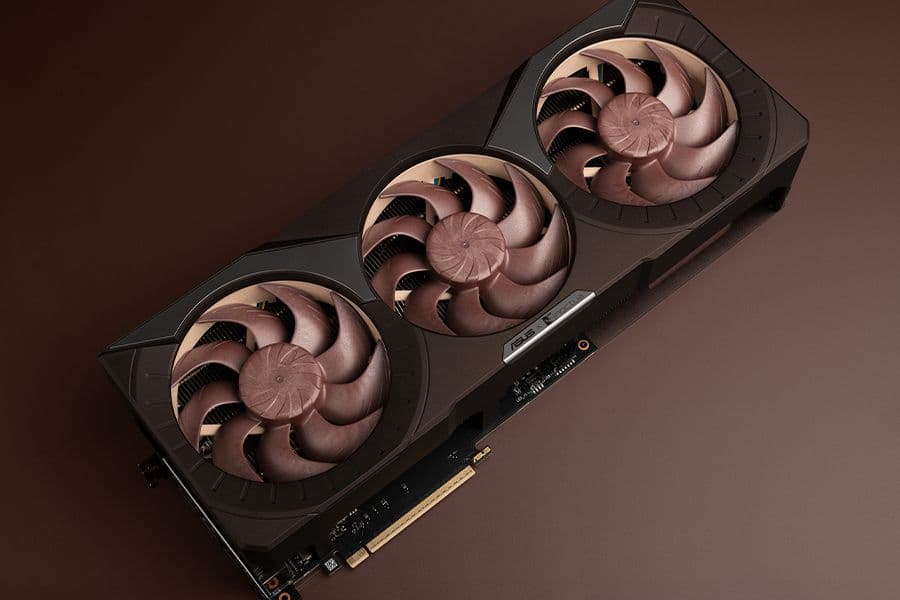
Superior quiet cooling: ASUS RTX 5080 Noctua Edition performance analysis
Featuring three NF-A12x25 G2 fans and a custom-engineered heatsink, the ASUS RTX 5080 Noctua Edition GPU sets a new benchmark for near-silent performance.
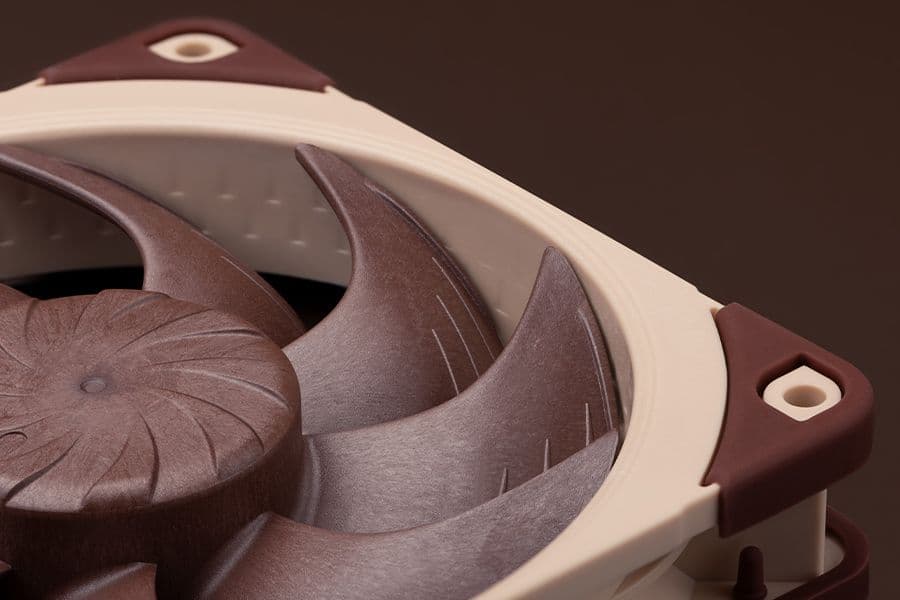
NF-A12x25 G2: further refined performance in all applications
The NF-A12x25 G2 represents another step up in performance, surpassing its renowned predecessor in all typical use cases.
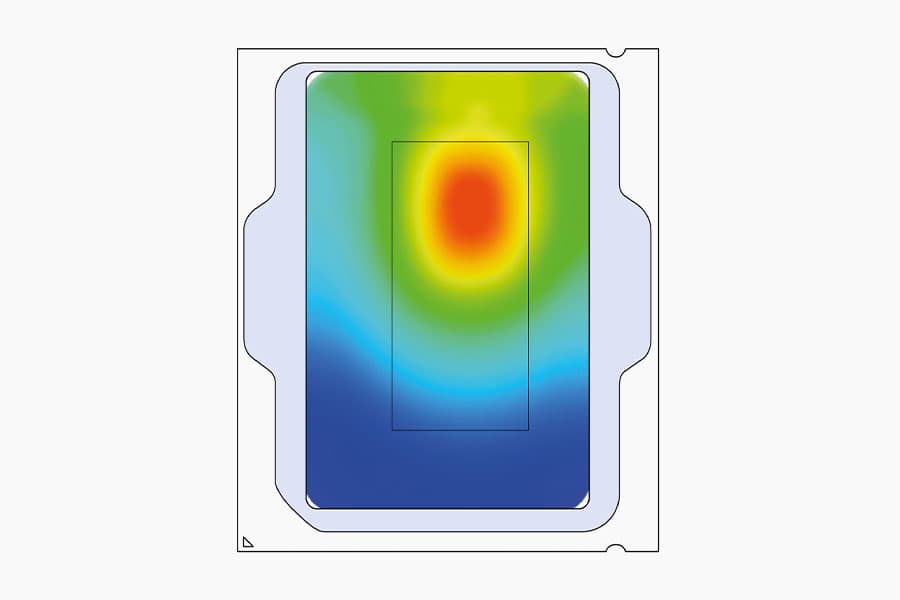
LGA1851 offset mounting: background and benefits
Noctua’s NM-IMB8 offset mounting bars shift the cooler towards the hotspot of Intel's LGA1851 CPUs. But what sort of performance benefit does this offer?
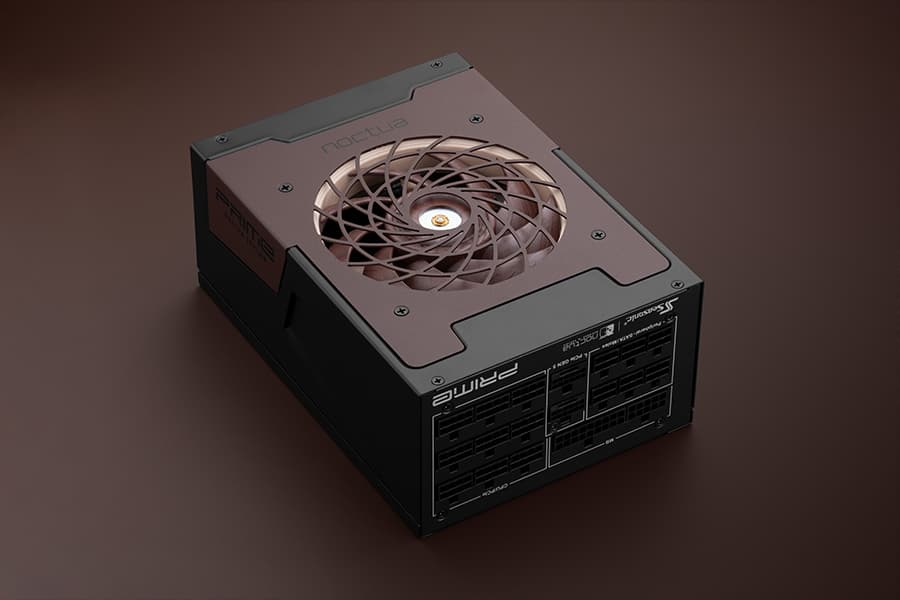
What makes the Seasonic PRIME TX-1600 Noctua Edition so quiet?
The Noctua Edition is around 8-10dB(A) quieter than the regular model across the entire fan speed range, but what is the key to this stark difference?
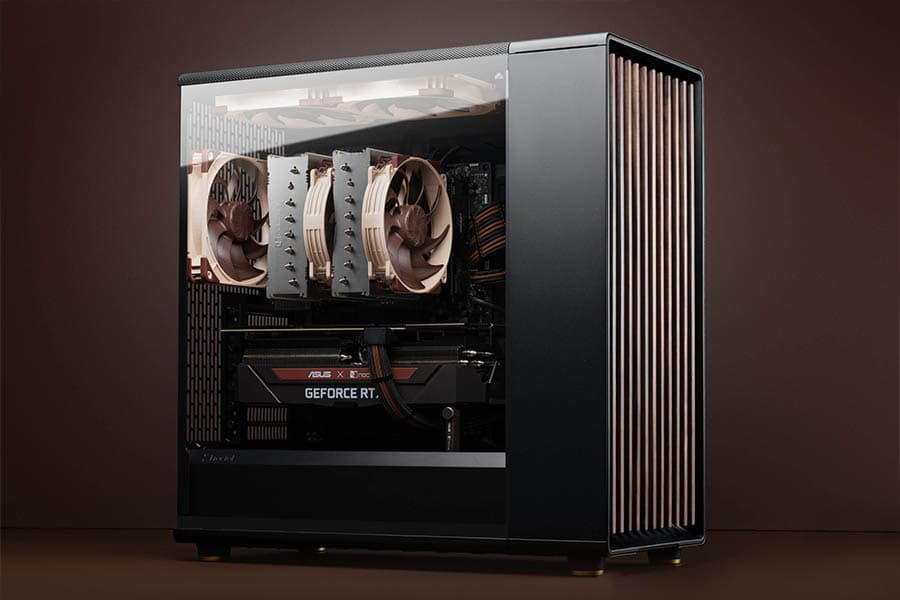
NH-D15 G2 vs. NH-D15 performance data
With an NSPR (Noctua’s Standardised Performance Rating) score of 228, the NH-D15 G2 sets a new performance benchmark. But how does it compare to it's predecessor?
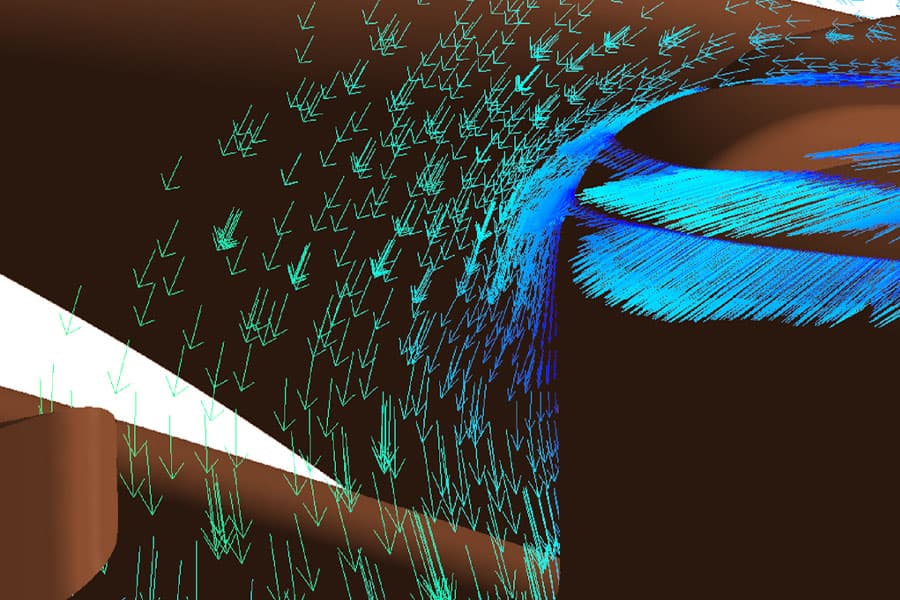
Our G2 fans’ aerodynamic innovations: keys to superior performance
Building on the technological innovations of the NF-A12x25, the G2 models represent a further refined, second-generation implementation of this design approach.
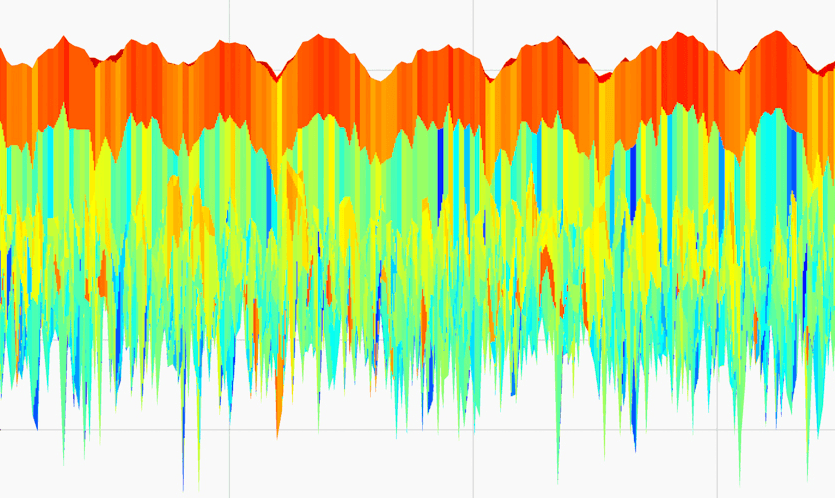
Fan speed offset explained: Beat frequency theory
When two fans are running together at almost the same speed, their acoustic interaction can lead to undesirable harmonic phenomena, known as beat frequencies.
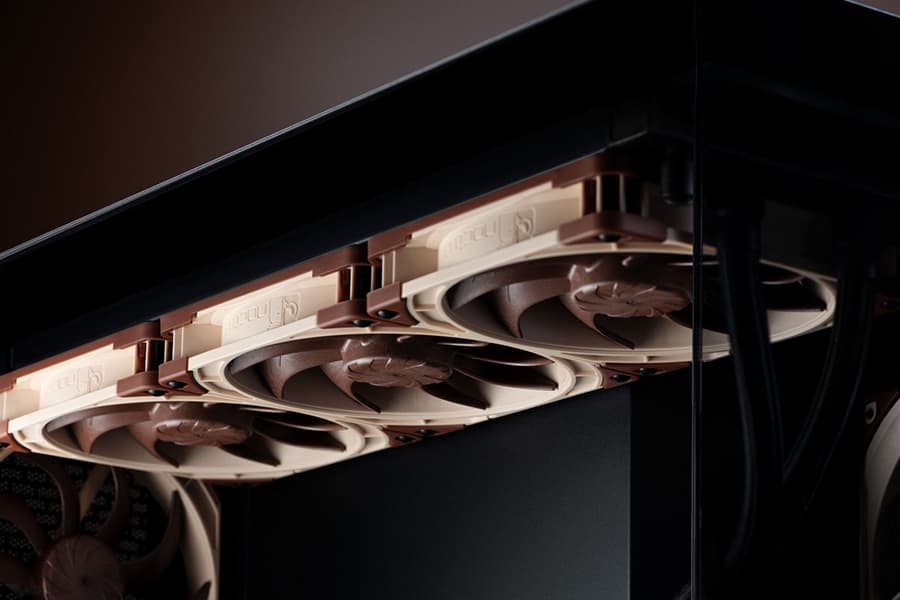
NF-A14x25(r) G2 performance: improvements for heatsinks, radiators and cases
The next-gen NF-A14x25 G2 takes cooling performance to the next level, but what specific improvements can you expect to see compared to its predecessor?
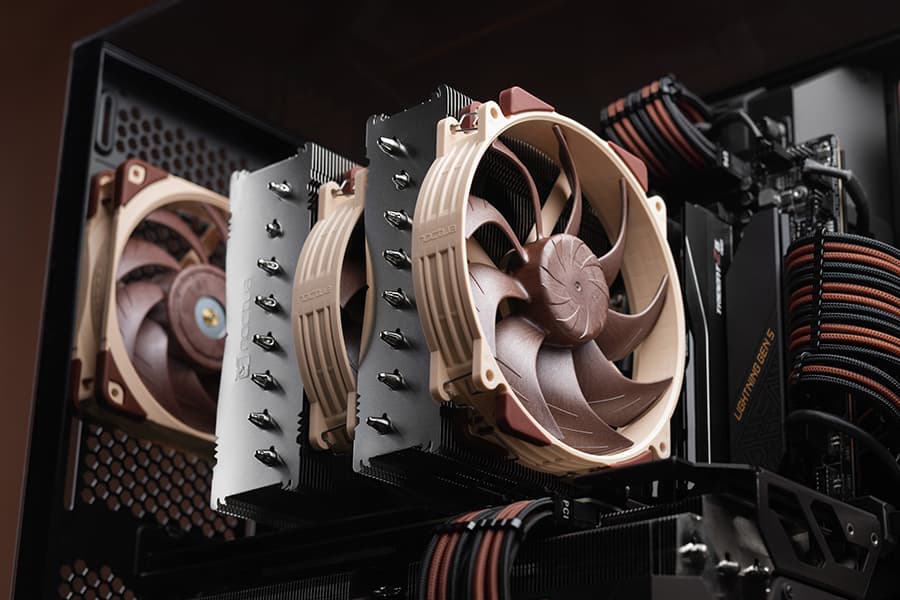
NH-D15 G2 versions: heatsink contact quality optimisation explained
The NH-D15 G2 is available in three different base convexity versions. But what is the benefit of this, and which version is the right choice for your setup?
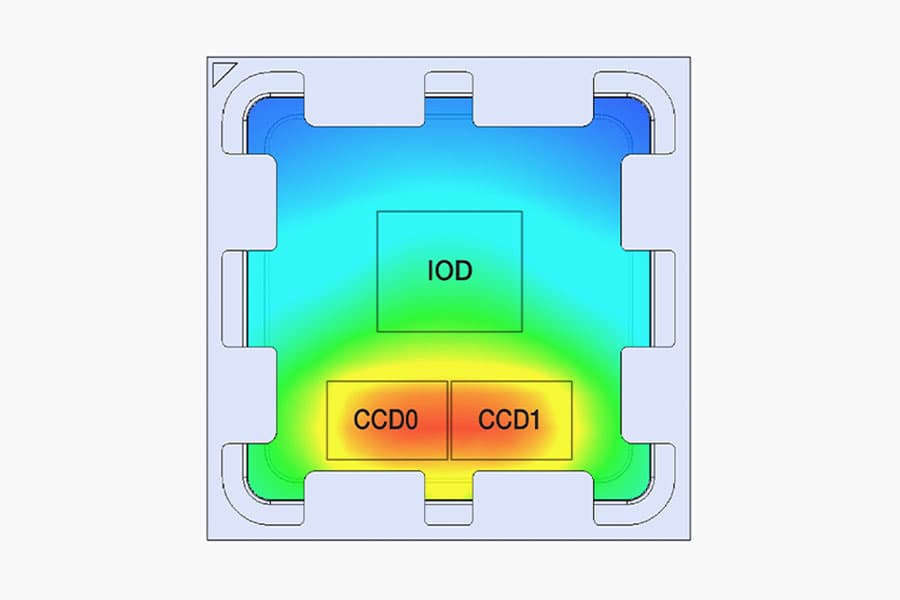
Offset AM5 mounting: technical backgrounds
Noctua’s AM5 offset mounting bars shift heatsinks to the south side of the AM5 socket. But why is this necessary, and how much does it improve cooling performance?











